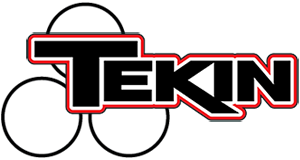Throttle Frequency allows you to adjust how aggressive the throttle on your ESC reacts. Lower values provide a more aggressive feel and higher values provide a more mild feel. This setting can be used to fine-tune the feel you’re looking for on different surfaces.
Default is 6kHz with a range of 2-12kHz available. Lower values are great for stock classes and higher traction surfaces, 5-8kHz are great for most modified and 1/8 electric setups on all surfaces. 9-12kHz soften the low end of the throttle up and can help out if you drive more nitro style.
Throttle Frequency can only be adjusted via HotWire.







